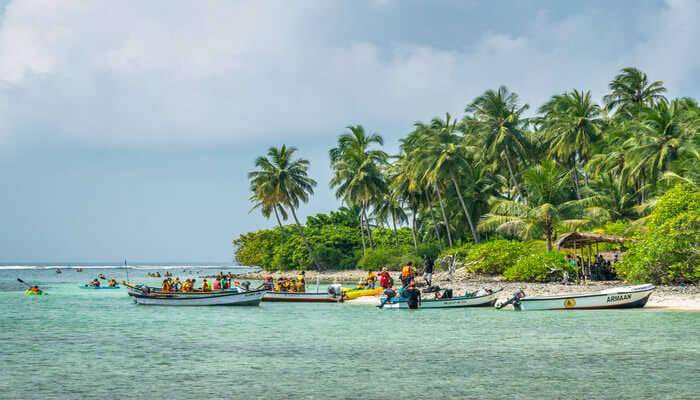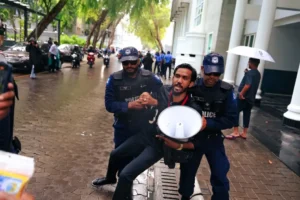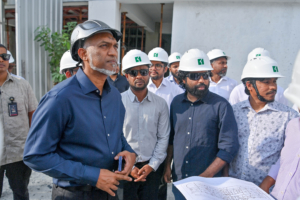According to the oral tradition in Minicoy the present population of Minicoy are descended from two Maldivan princesses named Kambo Ranin and Kohorathu Kamana and their entourage who went to Minicoy centuries ago.
In the known and surviving historical documents we do not have anything that suggests Minicoy being part of Maldives. But according to the Maldivian historian Mohamed Ibrahim Lutfi Maldives lost Minicoy during the reign of King Kalhu Mohamed in the early 1500’s.
While the documents mentioned here is the ancient documents we have mention of Maliku as an island of Maldives in many royal missives between the reign of King Ibrahim Iskandar I and King Mukarram Mohamed Imaduddeen in the 17th and 18th centuries.
When Maldives was invaded by the Portuguese in the 1500’s Minicoy was under the rule of the Malabaris. The Maldivan hero Bodu Thakurufan who liberated Maldives from the Portuguese took his family to Minicoy to keep them safe. The Minicoyans built them a house and a mosque.
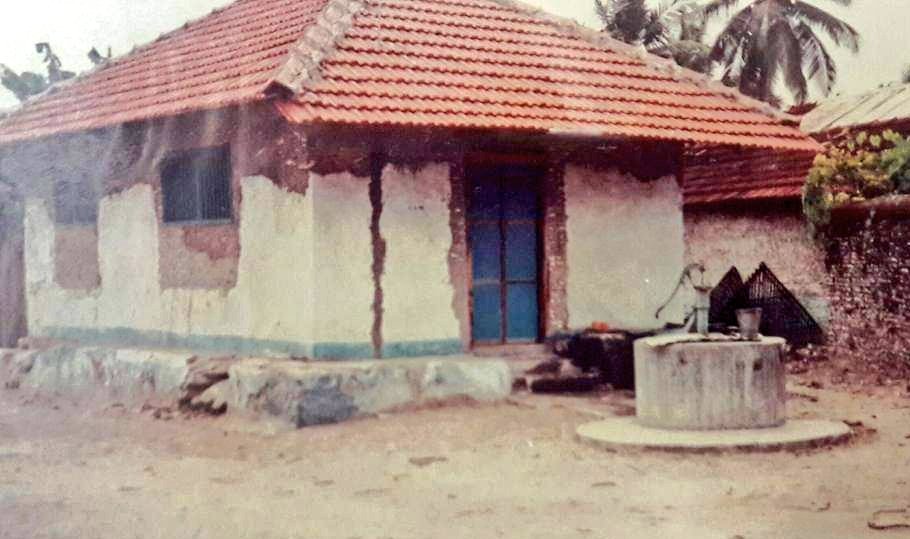
When Pyrard de Laval went to Minicoy in the early 1600’s he found that Minicoy had the same language, customs as Maldives and he wrote that earlier it was under the Maldivan rule and the King of that time gifted Minicoy to his brother.
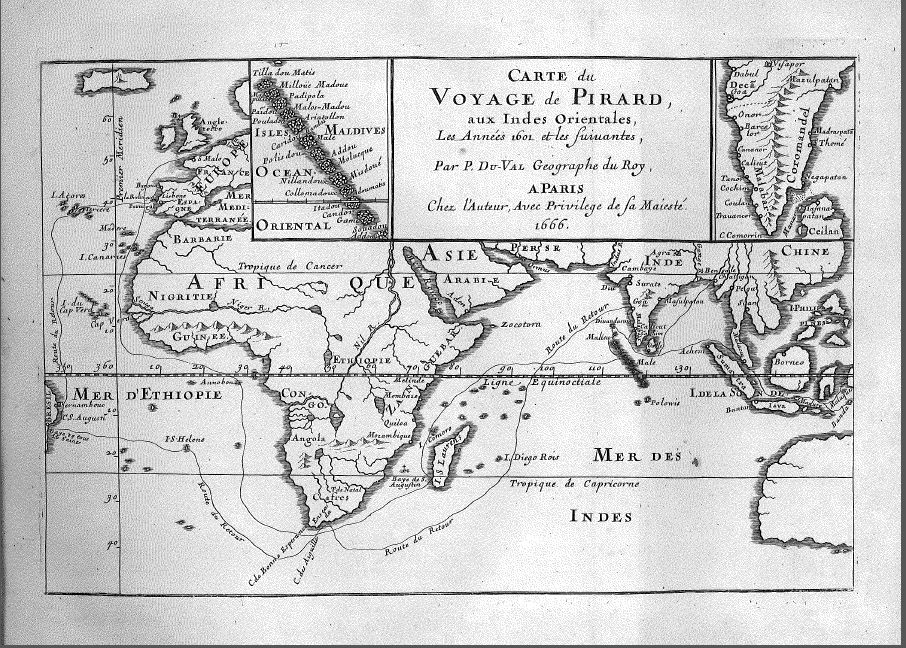
He further wrote that when he went to Minicoy the island was governed by a lady and that she held the position on behalf of the Ali Raja and that she was a near relative of King Ibrahim Kalafan of Maldives and that he has seen her several times from the Royal Court in Māle.
In the mid 1600’s because of the continuous harassment of Ali Raja, King Ibrahim Iskandar (I) sent Maldivan soldiers and took control of Minicoy. Since then the boundary of Maldives was known as Malikaddu (islands between Maliku/Minicoy and Addu) until 1752.
When Ali Raja’s troops invaded Maldives in 1752 they took the control of Minicoy too. During the invasion they took the King of Maldives Sultan Mukarram Mohamed Imaduddeen and the Crown Prince Mohamed Manikfan with some courtiers as captives to the mainland.
After 4 months Maldivians fought back and liberated Maldives. But this time Maldives did not get Minicoy back. It was under the control of Ali Raja. The captive King of Maldives was later sent to Minicoy where he died as a captive. This was his graveatone in Minicoy.
Later in 1790 when the British East India company took control of most of the countries in the Indian subcontinent Ali Raja / Arakkal Bibi was allowed to administer Minicoy in return for a tribute to the East India Company.
In 1858, suzerainty over Minicoy was transferred from the East India Company to the British Crown in the person of Queen Victoria. However Ali Raja’s full control over Minicoy was lost in 1905. From 1905 Minicoy was governed under Malabar District.
Maldives had no political control over Minicoy after 1752. But there are some documents that mentions about Kakaagey Mohamed Didi, a former Prime Minister who went into exile to Minicoy with his two brothers was made the Ruler of Minicoy by the Madras Government in the 1800’s.
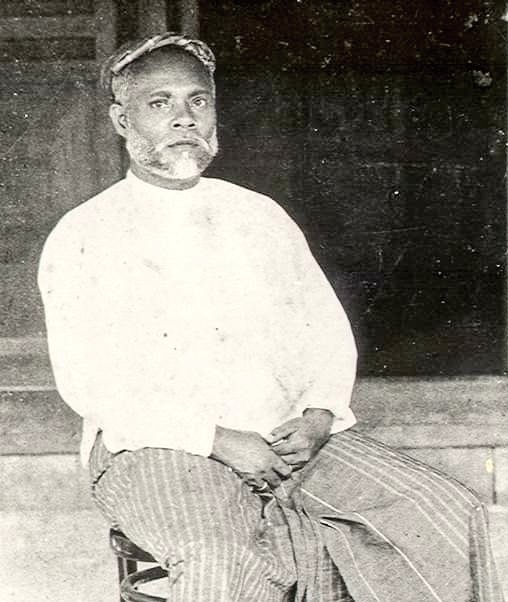
During the exile Mohamed Didi’s two brothers Abdullah Didi and Ismail Didi married from Minicoy and their descendants are still there in Minicoy and in Maldives. This includes the current Maldivan Foreign Minister, Abdulla Shahid and the Defence Minister, Mariya Didi.
After India got Independence in 1947 Minicoy became part of India. It is said that a referendum was held and an absolute majority of the Minicoy decided to join India. On 1/11/1956 it became part of the newly formed Union Territory of Laccadive, Minicoy and Amindivi Islands.
Although Maldivans lost the political control of Minicoy in 1752, Maldivians and Minicoyans had close connection with each other until 1956. In 1956 after the formation of the Union Territory the border between Maldives and Minicoy was officially closed by India.
On 28th December 1976 Maldives and India signed a maritime boundary treaty. The treaty explicitly places Minicoy on the Indian side of the boundary and Maldives never raised any question about it. The mother of Ahmed Hilmy Didi who signed on behalf of Maldives was from Minicoy.

